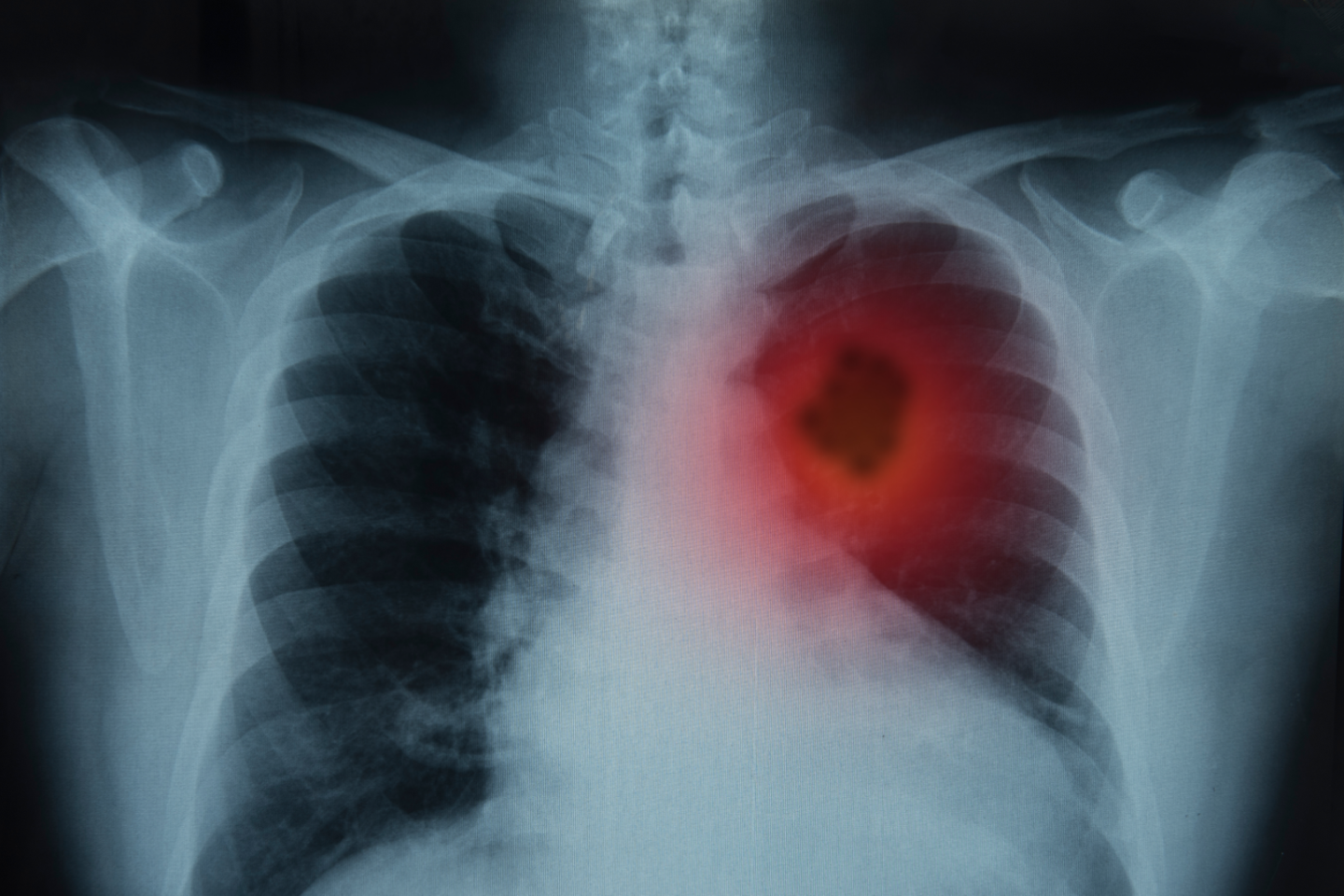Bones make up the skeletal framework of the entire human body, which essentially means that discussions in Orthopaedics could range from the top of the head to the tips of the toes. The very thought of that can intimidate anyone trying to comprehend this space better and more importantly provide quality content to Orthopaedicians. Hence, it is imperative to understand what the primary areas of focus for these specialists are, to better cater to their informational needs and create content in a manner that is relevant and valuable to them.
So, what are Orthopaedicians talking about?

As part of the therapy insights series, this article will delve into the specialty of Orthopaedics with a special focus on management of osteoporosis. Data for this analysis has been gathered for a 6-month period between June to December 2020 on the MedSynapse platform.
Orthopaedics Content: Publications & Discussion Patterns
With over 60 content pieces published in Orthopaedics, HCPs have engaged mainly on the topics of Fractures (11%), Osteoporosis (8%), Rheumatoid Arthritis (7%), and Osteoarthritis (5%) [Figure 1]. These 60 contents have led to a total in 430 discussions on the platform revolving mainly around the subjects of conservative management (11%), surgical options (10%) and differential diagnosis (9%) [Figure 2].

Top 8 topics contribute to over 50% of Orthopaedic content published

At this juncture, one might wonder why is it that tumours, both malignant and benign, have such a low discussion focus, given that this is one of the main issues encountered in the Orthopaedic practice. The answer is simple. All such contents have been tagged to Oncology as a primary label. Thus, it is especially important to understand context before reading between the lines. For more pointers on keys aspects of Social Listening, do go through our first article of the series for a more comprehensive overview of the subject.
Keywords in Orthopaedics & Online HCP Search Behavior
The top keywords specifically regarding orthopaedic conditions, therapy and management include the following.

Orthopaedics Conditions
- Fractures
- Osteoporosis
- Rheumatoid Arthritis
- Osteosarcoma
- Gout
Therapy and Management
- Vitamin D
- Calcium
- NSAIDs
- Corticosteroids
- Gout
Osteoporosis Content: Publications, Discussions & Trends
October (World Osteoporosis Day – 20th Oct) and November showed the highest number of publications in the given reporting period [Figure 4]. HCP generated content has accounted for 62% of the total osteoporosis related publications [Figure 5]. This is a clear indication of the interest and inclination of HCPs in consuming content in this space.

An average of 1 content per month has been published between July to December 2020

Over 60% of total content has been published by HCPs themselves.
Osteoporosis Content: Sentiment Analysis
Orthopaedicians have a positive outlook about management of Osteoporosis with a focus on the following key aspects [Figure 6].

- Reducing risk of fractures
- Preventive strategies for osteoporotic fractures
- Ensuring balanced and adequate nutrition
- Improving physical activity and balance
However, negative sentiment has been expressed mainly about certain treatment modalities. [Figure 6]. These include –
- Gastrointestinal discomfort caused by Bisphosphonates
- Selective Estrogen Receptor Modulators (SERMs) and thrombosis
- High cost of Teriparatide
- Risk of MI, stroke, and CV death with Romosozumab
Osteoporosis Discussions: Treatment Modalities
A variety of therapeutic options and treatment modalities have been extensively discussed by HCPs. Some of the main ones are as follows.
- Calcium supplementation
- Conjugated estrogens
- Bisphosphonates
- Selective Estrogen Receptor Modulators (SERMs)
- Parathyroid hormone treatment
- Calcitonin
- Hormone Replacement Therapy (HRT)
Bisphosphonates have been widely discussed in the context of prevention as well as treatment of osteoporosis. Some of the main molecules within this class mentioned by HCPs include Alendronate, Risendronate, Zolendroic Acid, and Ibandronate.
SERMs have been highlighted for their resorptive action. The main ones talked about by Orthopaedicians are Tamoxifen, Torenifene, Raloxifene.
PTH & PTHrP Analogs – Teriparatide has been particularly focused on especially for patients with high risk of fractures, although cost has been expressed as a concern by quite a few HCPs.Another molecule in this category that doctors have discussed is Abatoparatide. However, comments on the latter are relatively fewer in number.
Human monoclonal antibodies – With its bone strengthening property, Romosozumab has been identified as a good option in post-menopausal women with osteoporosis who have a high risk of fractures as well in those with a history of osteoporotic fractures. Another area where doctors find a clear indication for this drug is in cases where other osteoporosis therapies have failed or when patients have found to be intolerant to them.
Note: Details provided in this article refer to only a basic level analysis to provide a glimpse of MedSynapse capabilities, solutions, and offerings. For more in-depth insights relevant to your molecule/brand/therapy area, please reach out to our team with your business requirements.











